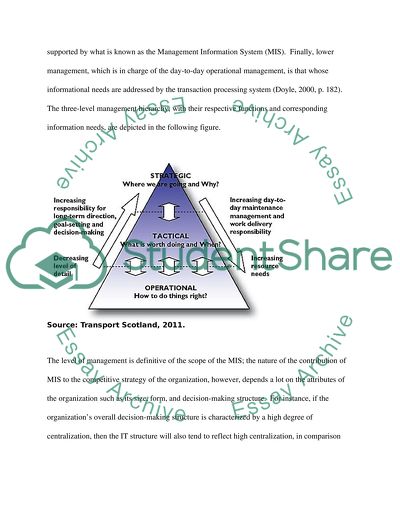Cite this document
(“MIS and its role in the decision-making process Essay”, n.d.)
Retrieved from https://studentshare.org/information-technology/1394212-academic-essay
Retrieved from https://studentshare.org/information-technology/1394212-academic-essay
(MIS and Its Role in the Decision-Making Process Essay)
https://studentshare.org/information-technology/1394212-academic-essay.
https://studentshare.org/information-technology/1394212-academic-essay.
“MIS and Its Role in the Decision-Making Process Essay”, n.d. https://studentshare.org/information-technology/1394212-academic-essay.


